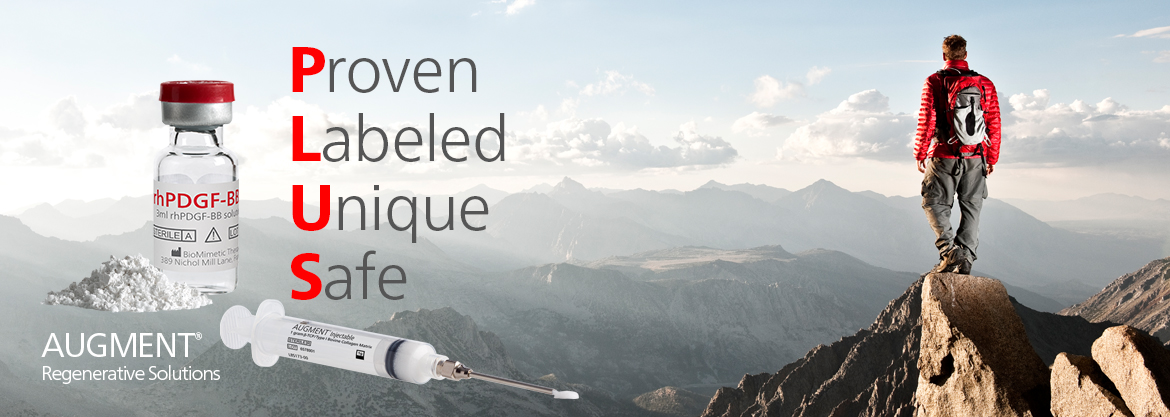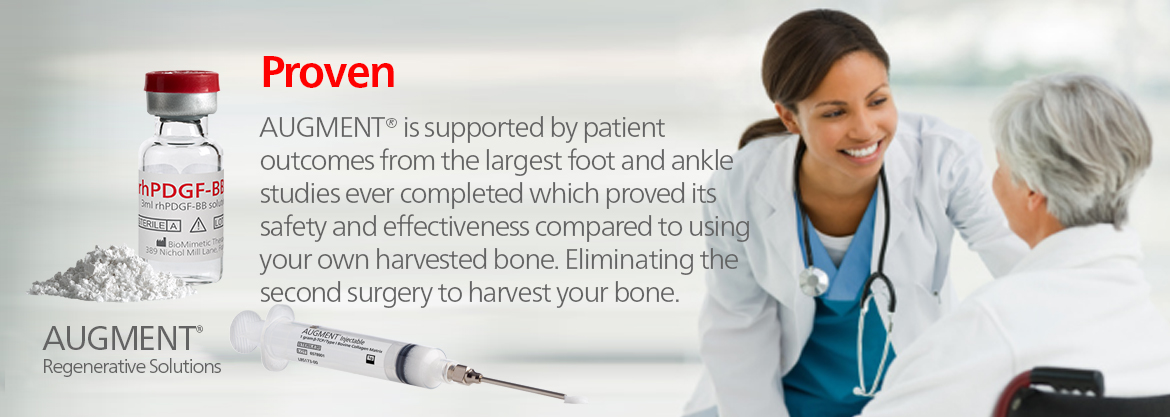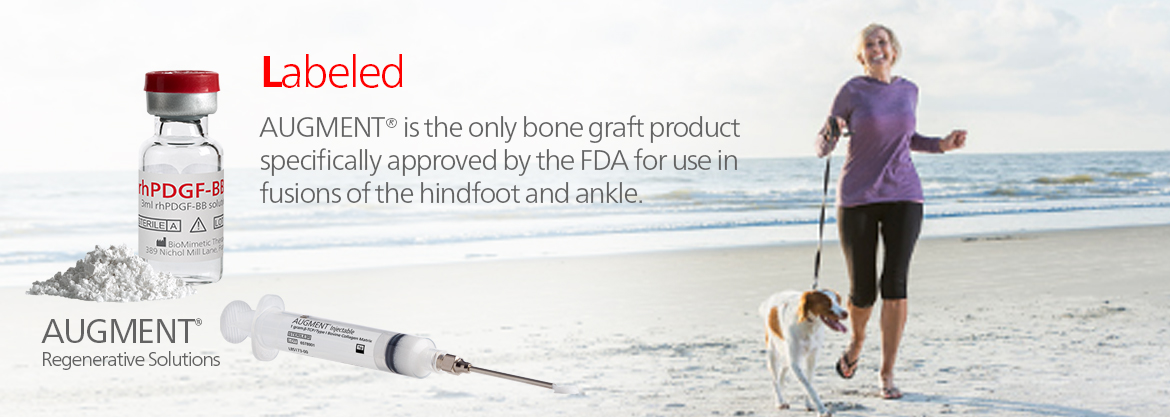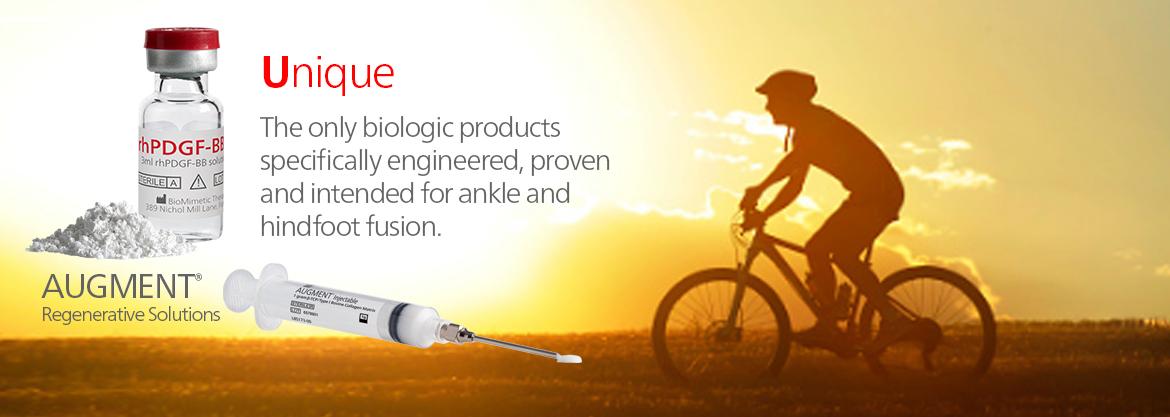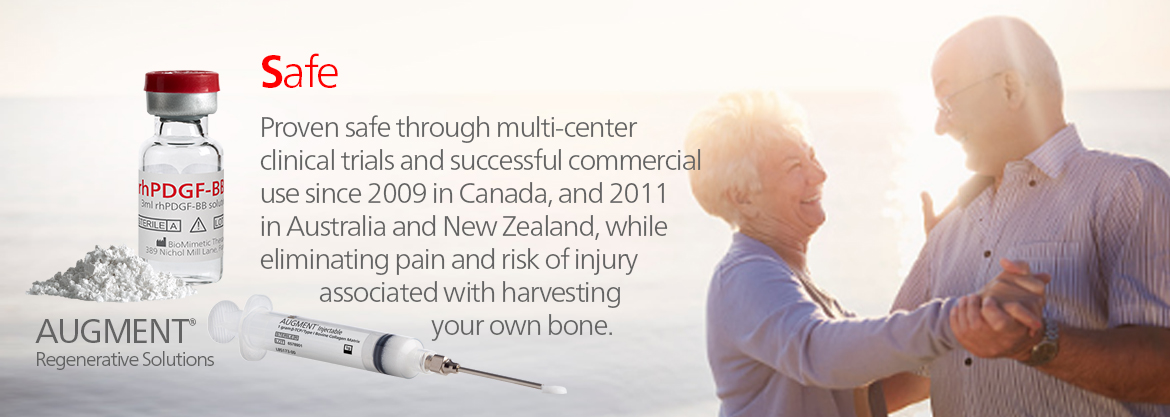Hear What Surgeons are Saying

Gregory C. Berlet, MD
Now we’re going down to the cellular level. Let’s not just build better hardware, let’s tell those cells how to heal faster. And for the first time, we can bring that right together. Clinical trials are always a little bit of a challenge in a practice setting, in that you really have to believe in what you’re doing, to be authentic, and for patients to go through the rigor that’s involved in the trial. This one was easy, because I believed in it right off the bat. The Science supported it. The investigating team was the top docs in foot & ankle in North America. And you know what? Without revealing the data (because remember we were blinded to it), it was obvious to us as we went through the trial that this stuff was working. I’m a 100% foot & ankle surgeon, and having a product on label for what I need is great. It’s an easy story to tell, and my hospital can get on board with me because they recognize that what we’re doing is truly in the best interest of patients. Now, for the first time, I’m going to have a really powerful tool used on label, and I can say ‘I’ve got the kitchen sink, and I’ve got the data to prove that my kitchen sink’s the right sink for you.’

Tim R. Daniels, MD, FRCS(C)
Very often that’s the battle that we’re fighting – is to get the bone to heal properly. Once I was convinced that the product was safe and that I wasn’t going to be dealing with issues related to the product, then I focused on the effectiveness of the product itself.

Murray Penner, MD
It’s actually effective, so it’s not just something that you use and hope, it’s actually something that we now know is effective at helping induce fusion in some of the troublesome joints around the foot. It gets rid of the need for bone graft harvesting, and that does have some significant comorbidities with it. It’s also time consuming. This could certainly be a money-saver, not just a breakeven thing. So the landscape changes as a result of that.

Alastair Younger, MB, ChB, MSc, ChM, FRCSC
It stimulates bone. It stimulates angiogenesis. It’s predictable, and it’s safe. For patients, it’s been a very positive experience, and I can’t think of any time it’s been a detriment.

